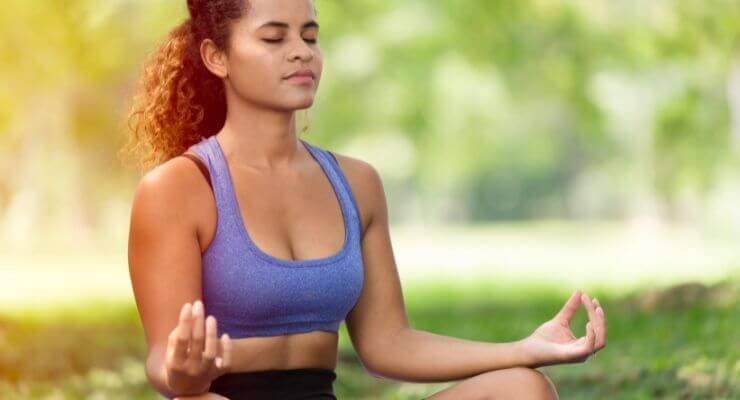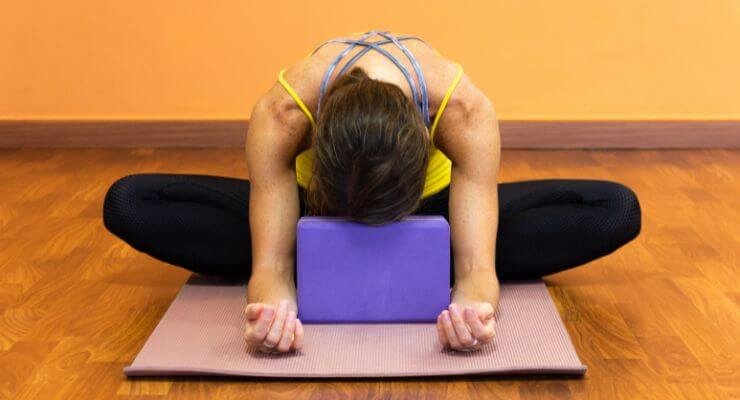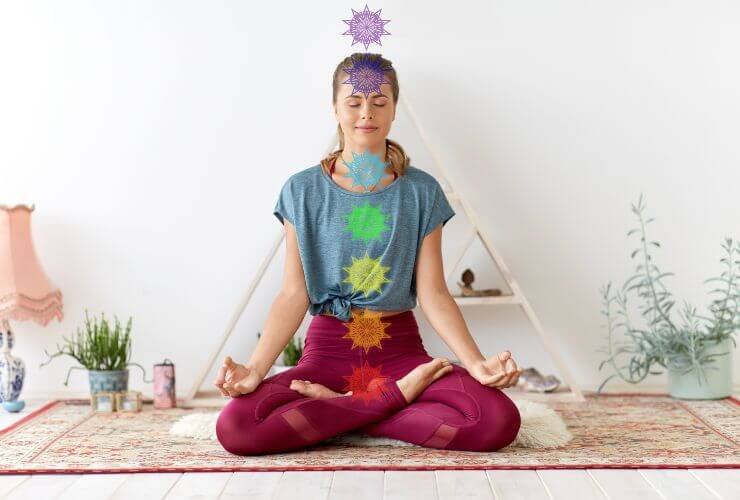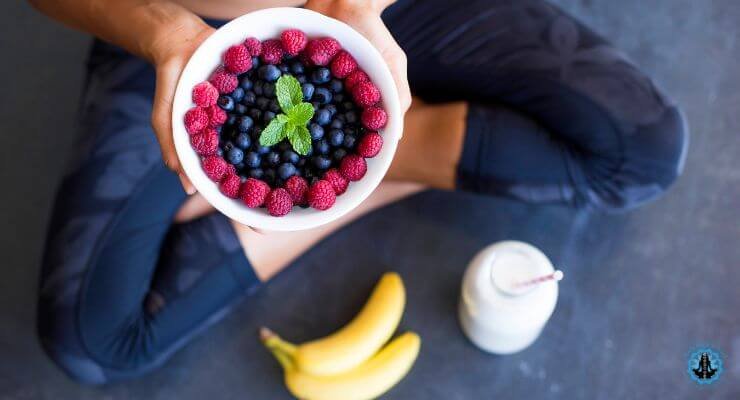Face yoga is a trending technique that involves performing facial exercises to tone and strengthen the muscles in the face. The idea is to isolate and work on the delicate muscles in the face that we use for expressions such as smiling, squinting, and frowning. The practice is believed to help improve the overall appearance of the face and reduce signs of aging.
Facial yoga is often referred to as a natural alternative to botox and other cosmetic treatments. The technique involves various exercises that target specific areas of the face, such as the forehead, cheeks, and jawline. These exercises are designed to help improve blood flow, increase circulation, and reduce tension in the face muscles. Some people who practice facial yoga claim that it can help reduce wrinkles, fine lines, and sagging skin.
What is Face Yoga?
Face yoga is a natural and non-invasive method to tone and tighten the muscles in the face and neck. It involves performing specific facial exercises that target different areas of the face, such as the forehead, eyes, cheeks, lips, and neck. The goal of face yoga is to increase blood circulation, stimulate collagen production, and improve overall skin tone and texture.
Origins of Face Yoga
Face yoga has been around for centuries and has roots in ancient Indian practices like yoga and Ayurveda. It was first introduced to the Western world by Annelise Hagen, a yoga instructor and author of the book “The Yoga Face: Eliminate Wrinkles with the Ultimate Natural Facelift.” Since then, face yoga has gained popularity as a natural alternative to traditional anti-aging treatments like Botox and facelifts.
Principles of Face Yoga
The principles of face yoga are based on the idea that the muscles in the face and neck need regular exercise, just like the muscles in the rest of the body. By performing targeted facial exercises, you can strengthen and tone these muscles, which can help to reduce the appearance of wrinkles, sagging skin, and other signs of aging.
Some of the key principles of face yoga include:
- Relaxation: Face yoga emphasizes the importance of relaxation and stress reduction, which can help to reduce tension in the face and neck muscles.
- Awareness: It encourages you to be aware of the movements and sensations in your face and neck, so you can perform the exercises correctly and avoid any unnecessary strain.
- Repetition: Like any exercise program, it requires regular practice to see results. Most experts recommend doing face yoga exercises for at least 20 minutes a day, several times a week.
- Gradual Progression: It is important to start with simple exercises and gradually increase the intensity and duration of your practice. This will help to prevent injury and ensure that you are getting the most benefit from your face yoga practice.
Overall, face yoga is a safe and effective way to improve the appearance of your skin and promote overall health and wellness. With regular practice, you can achieve a natural facelift and enjoy a more youthful, radiant complexion.
Benefits of Face Yoga
Face yoga is a natural, non-invasive way to improve the appearance of your face. It involves various exercises that target the muscles of the face, neck, and scalp to tone and tighten them. In addition to the physical benefits, it also has mental benefits.
Physical Benefits
Reduces Signs of Aging
Face yoga can help reduce the signs of aging by toning and tightening the muscles of the face. This can help reduce the appearance of wrinkles, fine lines, and sagging skin. By increasing blood flow to the face, it can also help improve skin elasticity and give the face a more youthful appearance.
Improves Facial Muscle Tone
Face yoga exercises can help improve facial muscle tone, which can help improve the overall appearance of the face. By toning the muscles of the face, it can help lift sagging skin, define the jawline, and reduce the appearance of a double chin.
Relieves Tension and Stress
Face yoga can help relieve tension and stress in the face and neck muscles. This can help reduce headaches, eye strain, and neck pain. By practicing it regularly, it can also help improve posture and reduce tension in the shoulders and back.
Mental Benefits
Promotes Relaxation and Calmness
Face yoga can help promote relaxation and calmness by focusing on the breath and body awareness. By practicing it regularly, it can help reduce stress and anxiety, promote better sleep, and improve overall well-being.
Boosts Confidence and Self-Esteem
Face yoga can help boost confidence and self-esteem by improving the appearance of the face. By toning and tightening the muscles of the face, it can help give the face a more youthful and vibrant appearance, which can help boost confidence and self-esteem.
How to Practice Face Yoga
Preparation
Before starting any face yoga exercises, it is important to prepare your face and body. Here are some steps to follow:
- Find a quiet and comfortable place where you can practice without any distractions.
- Sit in a comfortable position with your back straight and your shoulders relaxed.
- Take a few deep breaths to help you relax and focus.
- Remove any makeup or skincare products from your face.
- Apply a small amount of moisturizer to your face to help your fingers glide smoothly over your skin.
Basic Exercises
Here are some simple face yoga exercises that beginners can try:
- The Cheek Lift: Smile with your lips closed and use your fingers to lift the corners of your mouth towards your ears. Hold for a few seconds and release.
- The Eye Squeeze: Close your eyes tightly and place your fingers on your temples. Hold for a few seconds and release.
- The Forehead Smoother: Place your fingers on your forehead and gently sweep them outwards towards your temples. Repeat a few times.
- The Neck Stretch: Tilt your head back and look up towards the ceiling. Place your fingers on your neck and gently pull downwards. Hold for a few seconds and release.
Advanced Techniques
Once you have mastered the basic exercises, you can try some more advanced techniques:
- The Lion Face: Open your mouth wide and stick out your tongue as far as you can. Hold for a few seconds and release.
- The Fish Face: Suck in your cheeks and pucker your lips. Hold for a few seconds and release.
- The V-Shape: Place your fingers on your temples and apply gentle pressure. Use your fingers to lift your cheekbones upwards towards your eyes. Hold for a few seconds and release.
Remember to start slowly and gradually increase the intensity and duration of your face yoga exercises over time. With regular practice, you can tone and tighten the muscles in your face for a more youthful and radiant appearance.
Safety and Precautions
Before starting any new exercise routine, it is important to consider safety and precautions to avoid any potential harm or injury. The same applies to face yoga.
Here are some safety tips and precautions to keep in mind when practicing face yoga:
- Consult a doctor before starting face yoga, especially if you have any medical conditions or concerns.
- Start slowly and gently. Do not force any movements or stretches that cause pain or discomfort.
- Avoid face yoga if you have any open wounds, infections, or skin irritations on your face.
- Be mindful of your facial expressions during the exercises. Avoid scrunching or furrowing your brow or clenching your jaw.
- Avoid it if you have had any recent facial surgeries or injections, such as Botox or dermal fillers.
- Do not hold your breath during the exercises. Remember to breathe deeply and evenly.
- Use clean hands and a clean mat or towel to avoid spreading bacteria and germs on your face.
By following these safety tips and precautions, you can ensure a safe and effective face yoga practice.
Scientific Studies on Face Yoga
There have been several scientific studies conducted to evaluate the efficacy of face yoga exercises. One such study was published in JAMA Dermatology in 2018, which found that participants who performed facial exercises for 20 weeks had improved facial fullness and decreased signs of aging compared to those who did not perform the exercises.
Another study, published in the Aesthetic Surgery Journal in 2018, evaluated the effects of facial exercises on facial muscle thickness and found that participants who performed the exercises had increased muscle thickness in the cheeks and lips.
A 2019 study published in the Journal of Cosmetic Dermatology also found that facial exercises can improve skin elasticity and reduce the appearance of wrinkles.
However, it is important to note that these studies have limitations, such as small sample sizes and short study durations. Further research is needed to fully understand the benefits and potential risks of face yoga exercises.
Overall, while there is some scientific evidence to suggest that face yoga exercises may have benefits for facial appearance and muscle tone, more research is needed to fully understand their effectiveness and safety.
Conclusion
Face yoga is a natural, non-invasive way to improve the look and feel of your skin. While there is limited scientific evidence to support its effectiveness, many people believe that it can help reduce wrinkles, increase blood flow, and improve muscle tone in the face.
Practicing face yoga involves a series of exercises and massages that target specific areas of the face, such as the forehead, cheeks, and jawline. These exercises can be done at home and typically take only a few minutes each day.
While face yoga may not be a substitute for professional skincare treatments, it can be a useful addition to your daily routine. By incorporating it into your skincare regimen, you may be able to improve the overall health and appearance of your skin.
If you are interested in trying face yoga, it’s important to start slowly and be patient with yourself. Like any exercise, it may take time to see results, and it’s important to listen to your body and avoid overexertion.
Overall, face yoga is a safe and natural way to care for your skin, and it may be worth trying if you’re looking for a non-invasive way to improve your appearance.
Frequently Asked Questions
What are some beginner-friendly face yoga exercises?
For beginners, it is recommended to start with simple exercises that target the major muscle groups of the face, such as the forehead, cheeks, and jawline. Some beginner-friendly exercises include the forehead smoother, cheek lifter, and jawline definer.
Which are the best face yoga apps available?
There are several face yoga apps available, but some of the best include FY Method, FY by Inhale Digital, and Face Yoga Daily.
What are some anti-aging face yoga exercises?
Anti-aging face yoga exercises focus on toning and tightening the skin to reduce the appearance of fine lines and wrinkles. Some popular anti-aging exercises include the lion face, fish face, and the V.
Can doing face yoga cause wrinkles?
No, doing face yoga exercises correctly and regularly should not cause wrinkles. In fact, it can help improve circulation and tone the muscles of the face, leading to a more youthful appearance.
Where can I find free face yoga resources?
There are several websites and YouTube channels that offer free face yoga resources, such as FY Method, Danielle Collins Yoga, and Fumiko Takatsu.
Do dermatologists recommend face yoga?
While there is limited scientific research on the effectiveness of face yoga, some dermatologists believe that it can be a beneficial addition to a skincare routine. However, it is important to consult with a dermatologist before starting any new skincare or exercise regimen.





